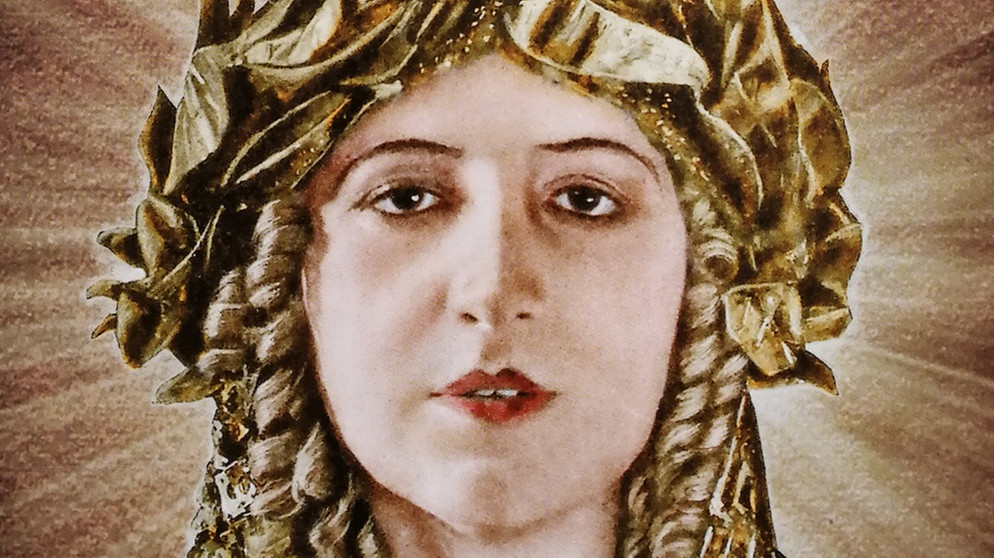PARIS – “A problem, a wall”. The writing on the bricks that block the underpass that connects Paris and Pantin sounds like an equation, while in the garden next to it dozens of people stand under the bored gaze of a police patrol. They are all drug addicts, most of them crack users, who last week were evacuated from the gardens of Eole, in the Parisian district of Stalingrad, and brought here, where the border between the north-east of the capital and the “poorer suburb” di Francia ”is marked by the périphérique, the motorway ring that surrounds the city. To prevent them from dispersing, the prefecture closed the road that connected the garden with the neighboring municipality of Pantin, in the Seine-Saint-Denis department, erecting what has been renamed “the wall of shame”. A barrier perceived as a further dividing signal between the great metropolis and the suburbs, in many respects already light years away.
The initiative infuriated the inhabitants and inflamed the political debate on an issue that has been going on for 30 years now, against which the French institutions have always shown themselves to be ineffective. According to the French Observatory of staves and drug addictions (Ofdt), there are 13 thousand users of hard drugs in the capital and throughout the suburbs.
Those evacuated in recent days are just over a hundred, arranged in the best possible way under a ramp of the périphérique, with tents and makeshift beds mounted close to the guard rails.
They are often called “zombies”, due to the state they are in because of the “drug of the poor”, supplied by Senegalese drug dealers at 5 euros a dose. In the garden many wander with absent gaze and wide eyes. Some are very young, even if you don’t think so because of the marks left by the drug, which has taken away their teeth from most of them. Every now and then someone goes out, drags themselves to the intersection and finds the strength to ask passers-by for a few coins, who pull straight on pretending not to see them.
A small army of invisible people who landed without warning in an area that already had many social and economic problems. According to theInsee, in the Seine-Saint-Denis 28.4% of the population lives below the poverty line, while the unemployment rate is 17.9%. “This isn’t an easy neighborhood, bringing those people here means adding more discomfort,” says Julie, who runs a pottery studio not far from the camp. According to her, the wall represents the “division of two worlds: on one side they, on the other we. In doing so, the question will never be resolved ”.
But in Pantin there are also those who fear for the safety of the neighborhood. “We don’t want them here, they are dangerous people you can expect anything from,” says Ahmed, who has a bar a few hundred meters away and fears that drug addicts will bother his customers. “We must take care of them and not abandon them in a corner of the city,” says the bartender of Tunisian origin from behind the counter. He, who was born there in the banlieue, describes the area as a “quiet place”: “Here are all the races and we live in peace. Of course, there are many irregular immigrants, they give us some annoyance every now and then, but all in all it is fine ”. The wall? “If it serves to keep them away, so be it. But it is not possible to leave them in that state, something must be done immediately ”.
A social time bomb, according to Adrian, a Spanish student who arrived in France just over a year ago. “I don’t think there will be immediate effects, but in the long term such a situation cannot hold up.” The boy originally from Barcelona has the impression that the institutions “continue to hide a problem that will not disappear by itself”.
The dossier has been a puzzle for the authorities for years and with the approach of the presidential elections it takes on an even stronger political nuance. Mayor Anne Hidalgo, who has already announced her candidacy, tried to resolve the issue by opening the city’s first “hole hall” in 2016 near the Gare du Nord station, where it is possible to consume heroin under medical supervision. A project judged positively by several studies, such as the one carried out this year by the National Institute of Health and Medical Research in Paris (Inserm), which noted several positive effects on the health of consumers. But the initiative after a few months led the inhabitants of the neighborhood to exasperation due to the arrival of dozens of drug addicts in the area. The first town plans to open new centers in the city, despite protests from citizens and right-wing opposition. “The solution is to open a detox facility instead of the ‘halls of the hole’ that disturb public order in Paris and encourage consumption,” said Valérie Pécrésse, president of Ile-de-France close to the Republicans and former running for the Elysée.
In such a debate, the government does not seem to have a clear line. President Emmanuel Macron in his recent turn to the right has placed the fight against drug trafficking among the executive’s priorities, sending his Interior Minister Gerald Darmanin to the fore. But Prime Minister Jean Castex in mid-September gave the green light to the creation of new “hole rooms” in Paris, while Health Minister Olivier Veran announced two a year throughout France. Meanwhile, the problem in Paris is still far from being solved.
–


